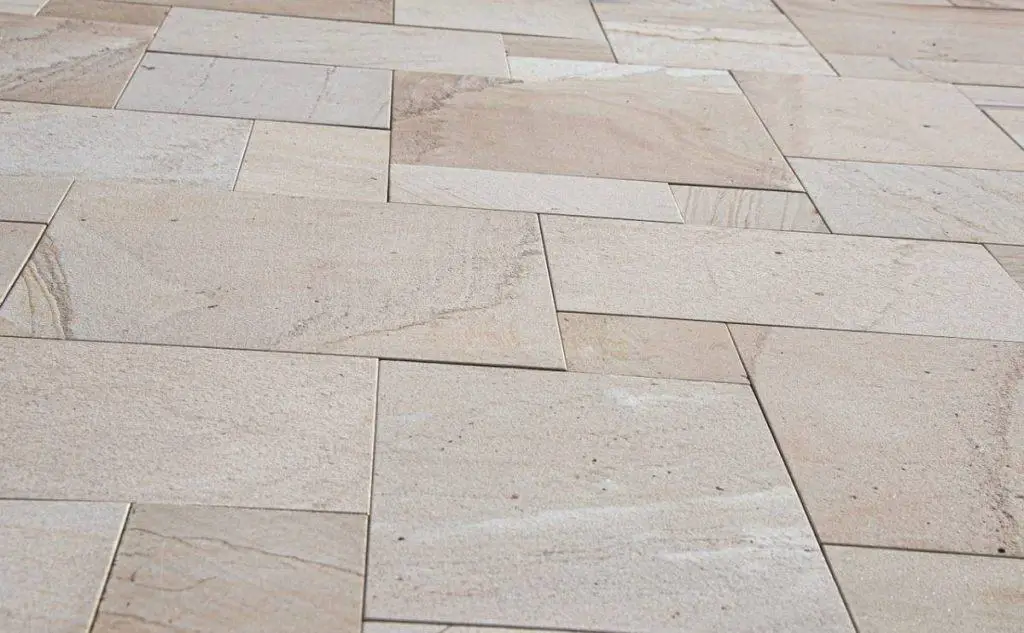
Would you like to be able to check whether the subfloor and the floor have been done well? Here are five essential tests that will help you check this.
What is a subfloor?
A well-made subfloor is a basis for installing the floor in a correct manner. But after all, what is a subfloor?
A subfloor is a layer that serves as a base for placing any other finish on top, be it cold flooring, laminate, carpet, or any other material. Having a subfloor done properly is essential for the chosen floor to then be well installed, not to crack and do not loosen over time!
How does a subfloor look?
A well-made sub-floor should be leveled evenly and have a rough surface (masons will often call this ‘thick performance’), without crumbling, stains or cracks. The height of the subfloor should be adequate to allow, even after the floor has been installed on top of it, the doors to open and close without scratching the floor.
How do you know if the subfloor looks right?
A well-made subfloor has to be rough. If it is smooth, the floor will not stick on top of it.
How to see if a subfloor is ready?
Well made subfloor needs to be clean before further work can continue.
After the subfloor has dried out, floor installation can begin. But before placing the cold floor slabs, tiles or any other type of floor of your choice, you need to clean the subfloor. The subfloor needs to be free of dirt or dust. Otherwise, there is a risk and the adherence layer will not stick well to the dirty surface.
In any situation always keep an eye on the quality of the subfloor. Do not install the floor if it has no subfloor or if the subfloor is not done properly. If you decide to do this, it will be money thrown away and a lot of time wasted.
Five essential tests to see if the floor is done well
Completely changing the floor changes the entire house. And since it is a very visual makeover, people love to do it. There are a variety of materials that can be used: ceramics, porcelain, vinyl, carpet, laminate, wood, stone, burnt cement, among many others.
Whatever type of floor you would like to use in your house or apartment, it is essential to follow each stage of the installation project to make sure that the work has been performed with the required quality.
Read also: How to plan a floor installation project and avoid costly mistakes? – in this article. And, Golden rules for renovation project planning – in this article.
Perform the following five tests to make sure that the work is progressing well, you are getting a quality floor and avoiding unneeded issues down the road.
How to know if the subfloor is done well
If you see that the subfloor has cracks, stains or is getting loose, you know that the work has been poorly done and needs to be redone to avoid problems later.
To test, put your hand on the subfloor. It should be rough. Or place a sheet of silk paper on it and scratch it with a pencil (almost lying down) to get the texture. The drawing has to be very irregular. If the drawing is smooth, the subfloor will need to be done again.
How to know if the floor has been glued well
For ceramic or porcelain tiles: tap the floor with your hand. Does this produce a hollow/empty sound? If it does, the worker must have applied mortar mix to only a few parts of the tile. You have to take such tiles out and do it all over again. Mortar mix needs to be evenly applied over the back of the floor plates.
Vinyl or laminate flooring: it can be glued or embedded. If the floor has loose parts or those with bubbles, which you can see with your eyes, the problem must be in the subfloor that was not well leveled and cleaned. You will have to redo it in this case.
It could also be that somewhere there was no glue to attach the floor material. If this is the case, those parts of the floor need to be redone or replaced.
How to see if the floor is aligned
Observe carefully whether all the lines between the floor tiles or slabs are parallel and straight. See that the spacing between them (grouting) has been done correctly. Make sure that the worked has used spacers to separate the tiles/slabs while laying the floor.
How to know the floor trim
After the floor is ready, throw a bucket of water on it. See if it runs towards the drain. If it does not, it is likely, that you will have to redo it. Don’t you want to throw water? A little marble also has to run in the direction of the drain.
How to see if the floor height is right
Open the doors and make sure they all move without scratching the floor. If any door is scratching the floor, usually an adjustment can be made on this door. This is usually easier than redoing the entire floor.
Generally, ceramic floors, porcelain tiles, and wooden boards are rather thick. Vinyl flooring and wooden carpeting are thinner. Choose the type of floor you would like to use and adjust the height of the subfloor during the project.
And remember to have the floor well-done, it is necessary to follow closely all the stages of the work, whether it is done by one specialist or by a construction team. If you appear to check the project only at the end of it, this will not be of much use.
You may have missed the mistakes that have been made and those are now not visible on the floor that has been finished. Often, the only way will be to break this floor and do it all over again.
Read also: How to properly plan a renovation project? and avoid troubles – in this article. And, How to plan on a limited budget? – in this article.

